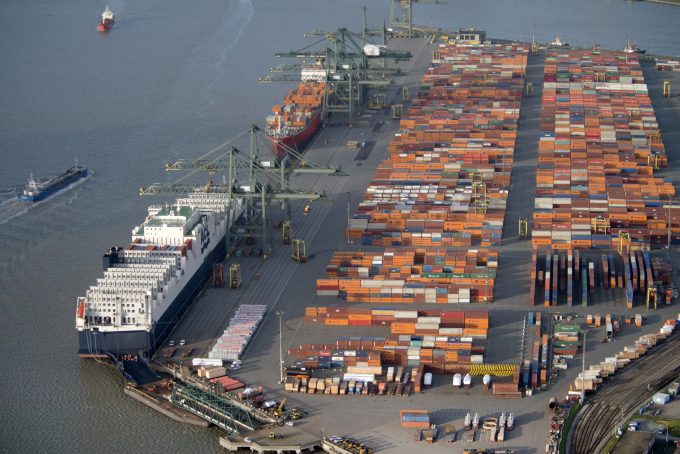TPM: Gemini carriers making good on schedule reliability promise, so far
The Gemini partners are making good on their promise of 90% schedule reliability, “miles ahead” ...

Accelerating freight rate erosion across the major shipping tradelanes is causing analysts to revise predictions of a ’normalisation’ of the container market.
According to a new HSBC research paper, at the current speed of spot rate erosion, market rates could fall to 2019 levels as early as the end of this year –previous expectations were for mid-2023.
The paper’s authors note that the Shanghai Containerized Freight Index (SCFI), which tracks headhaul spot rates from China, has fallen by 51% since July, representing ...
Asia-USEC shippers to lose 42% capacity in a surge of blanked sailings
USTR fees will lead to 'complete destabilisation' of container shipping alliances
New USTR port fees threaten shipping and global supply chains, says Cosco
Outlook for container shipping 'more uncertain now than at the onset of Covid'
Transpac container service closures mount
DHL Express suspends non-de minimis B2C parcels to US consumers
Zim ordered to pay Samsung $3.7m for 'wrongful' D&D charges
Flexport lawsuit an 'undifferentiated mass of gibberish', claims Freightmate

Comment on this article